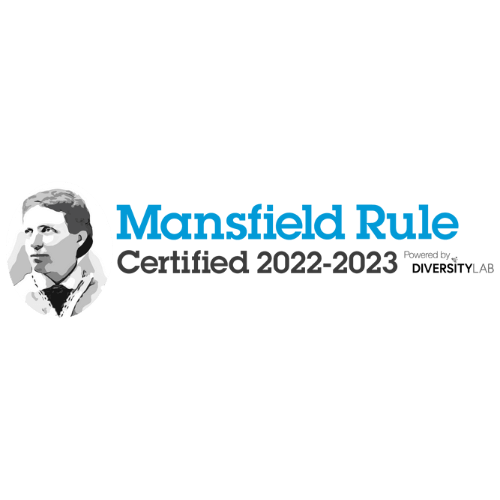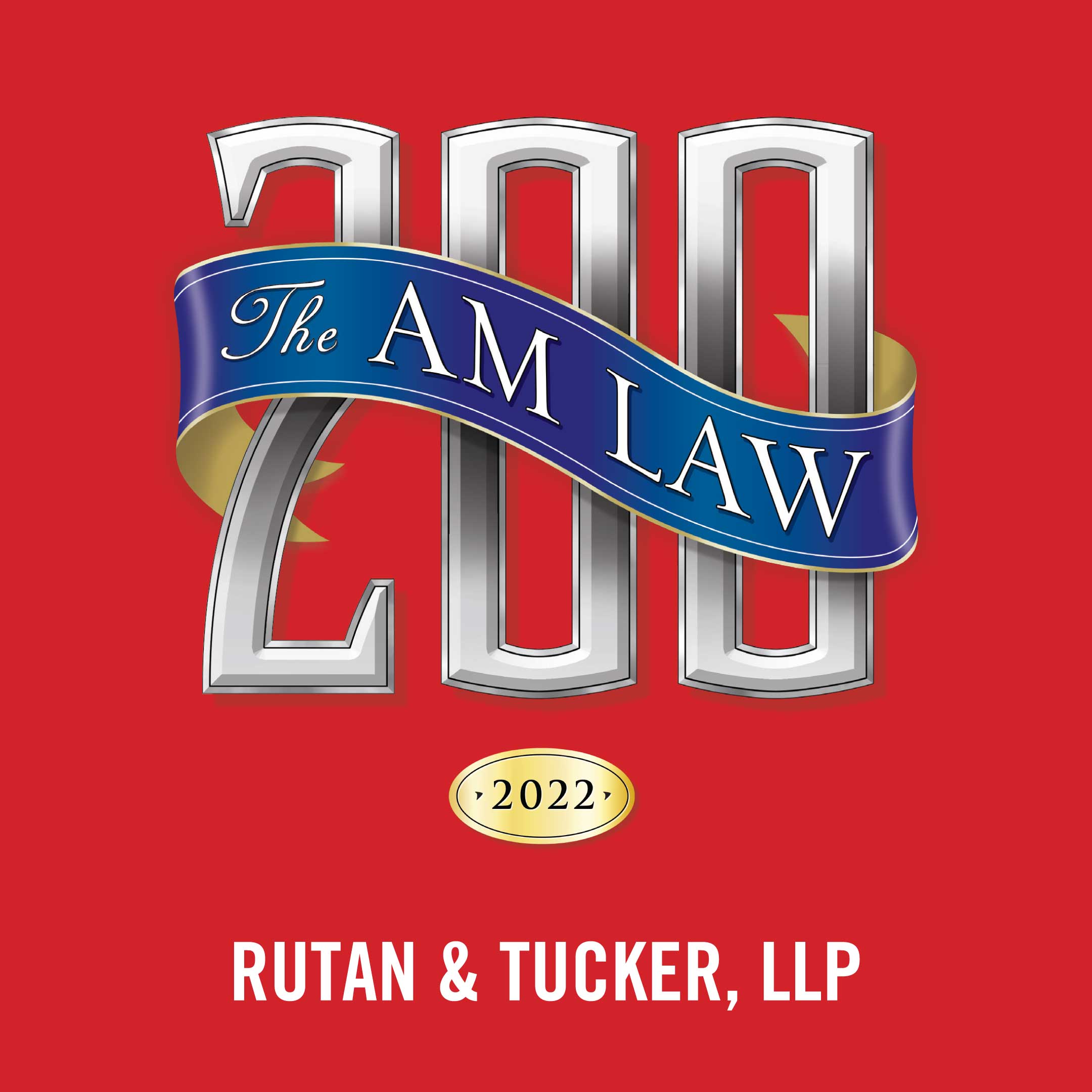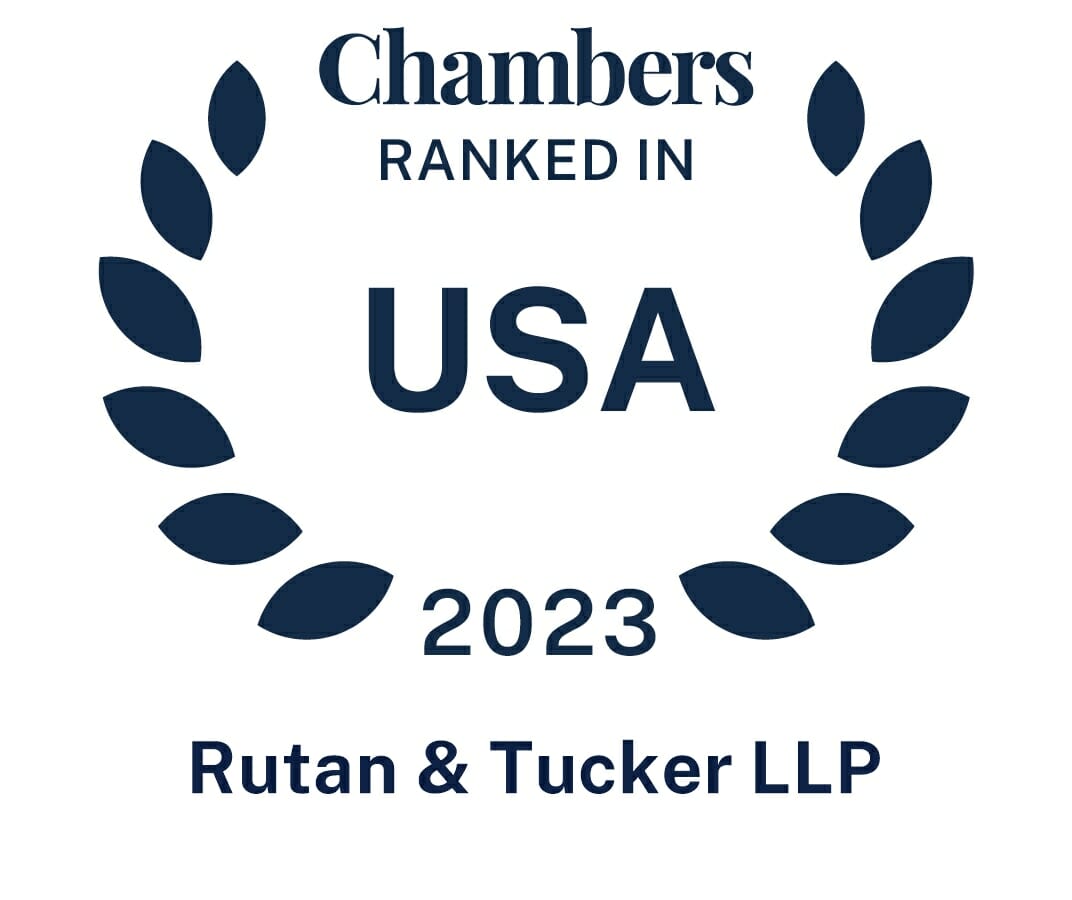Rutan & Tuckers environmental law practice brings together its historical expertise in public agency and administrative law and real estate law, along with seasoned transactional attorneys and litigators. Our attorneys have experience in each of these areas, and also have developed specialized expertise in environmental law. Thus, the group has the depth to tackle even the hardest environmental law questions and the breadth to devise comprehensive and creative solutions.
Team
Overview
The Environmental Law Group works closely with clients to comply with today’s environmental laws and to envision changes in tomorrow’s environmental regulations. The attorneys focus on advising clients to anticipate, and avoid or successfully resolve, a broad range of environmental issues, including toxic tort litigation, regulatory compliance, site assessment and cleanup, compliance with Clean Water Act and Clean Air Act requirements, and liability under California’s common laws of nuisance, trespass, waste and strict liability.
The Real Estate Department’s Environmental Practice Group specializes in the evaluation of environmental liabilities and development of risk management strategies for parties purchasing, selling, leasing, financing and developing land. Of particular emphasis is the redevelopment of environmentally impaired Brownfield properties and urban infill projects, including conversion of industrial and commercial properties to residential land use. Typical projects include negotiating remediation and indemnity agreements; directing site assessments; working with government authorities overseeing health risk, site cleanup and closure criteria; developing mitigation measures; preparing environmental notices and disclosures; and analysis of environmental insurance products. We advise school districts, municipalities, redevelopment agencies and developers regarding the environmental issues affecting the planning, funding, site acquisition and construction of new projects.
The firm’s experience ranges from asbestos to urban runoff, from underground storage tank removal to Superfund site cleanup. Rutan & Tucker has handled significant litigation involving Superfund Sites and large solid waste landfills, such as the San Gabriel Valley Groundwater Superfund Sites–Operable Units, the McColl Site in Fullerton, California, the Montrose Chemical Site and affected waters in Los Angeles, the Operating Industries Landfill in Monterey Park, Casmailia in Ventura County, the Chatham Brothers Barrel Yard Site in Escondido, the Cal-Compact landfill in Carson and the BKK Landfill in West Covina.
Experience
AREAS OF SPECIALIZATION
- Air Quality
- CERCLA/Hazardous Substances Account Act
- RCRA/California’s Hazardous Waste Control Laws
- Water Quality
- Remediation of Contaminated Property
- Toxic Torts
- Insurance for Environmental Claims
- Solid Waste and AB939
- California Environmental Quality Act
AIR QUALITY
Along with water quality, air quality problems continue to present unique and challenging issues for resolution, issues which will only continue to multiply as our population increases and our natural resources diminish.
From the Federal level, with the adoption of the Clean Air Act to the California Clean Air Act of 1988 to the creation of the local Air Pollution Control Districts and Air Quality Management Districts to local ordinances on ozone depleting compounds, air quality issues will be challenges at every level of government.
The practice of environmental law into the 21st century will continue to be exciting, fascinating, challenging, intriguing and, at times, overwhelming. Our experience and dedication to the practice and our philosophy of focusing not only on today’s violations of law but also on tomorrow’s compliance with law, will hopefully serve our clients’ social and economic needs into the next century.
CERCLA/HAZARDOUS SUBSTANCES ACCOUNT ACT
The Comprehensive Environmental Response, Compensation and Liability Act (“CERCLA”) was adopted in 1980 and subsequently amended in 1986 and 1996. The primary goal of the legislation was to cleanup the Nation’s abandoned hazardous waste sites. The statute imposes strict liability on present owners and operators and past owners and operators who owned at the time of disposal, as well as transporters and those who arranged for the disposal of hazardous substances at the particular locations.
The California equivalent to CERCLA, the California Hazardous Substances Account Act as readopted in 1999, is similarly designed to address abandoned hazardous waste sites within the State and to apportion liability for the same.
Rutan & Tucker has represented numerous clients in prosecuting and defending actions under both of these Acts and in working with various federal, state and local agencies to address abandoned waste sites and to comply with these Acts and the Regulations thereunder.
RCRA/CALIFORNIA’S HAZARDOUS WASTE CONTROL LAWS
The Resource, Conservation and Recovery Act (“RCRA”), adopted in 1976, imposes a comprehensive system of regulations on the generation, storage, transportation and disposal of hazardous waste. It regulates existing waste sites, creates a cradle to grave tracking system and provides a mechanism to monitor hazardous waste practices in order to improve hazardous waste management.
The California Hazardous Waste Control laws (“HWCL”) is the State’s equivalent to RCRA and closely parallels RCRA by regulating the generation, storage, transportation, treatment and disposal of hazardous waste in the State. The primary authority for enforcement of HWCL and RCRA itself lies with the State Department of Toxic Substances Control, which is a department of the California Environmental Protection Agency. The State of California has been granted authorization by the United States EPA to administer all Regulations under both RCRA and the State’s Hazardous Waste Control laws.
Rutan & Tucker continues to assist clients in assessing their obligations under both RCRA and HWCL, not only to comply with the letter of these laws, but also the spirit of the laws.
SOLID WASTE AND AB 939
The California Integrated Waste Management Act of 1989 (California Public Resources Code Sections 40000 et seq.) was adopted with the intention of reducing, recycling and reusing solid waste generated in the state in an efficient and cost effective manner and to conserve water, energy and other natural resources, in order to protect the environment and in order to ensure new solid waste landfills are environmentally sound. One major objective of this legislation is to reduce the level of solid waste disposed of at landfills throughout the state. The Act specifically requires municipalities to reduce the amount of waste disposed of at landfills by 25 percent by January 1, 1995, and by 50 percent by January 1, 2000, in comparison with the quantity of waste disposed of in 1990.
As a result of Rutan & Tuckers Public Law expertise and its ongoing representation of municipalities throughout the region, it has significant experience with the interworkings of AB 939.
THE CALIFORNIA ENVIRONMENTAL QUALITY ACT
The California Environmental Quality Act (“CEQA”), adopted in 1970, is designed to provide public and agency input in the consideration of potential adverse impacts created upon our environment by “projects” within the State.
As a result of Rutan & Tuckers long history of representing public and private clients on numerous CEQA issues, the firm has extensive experience in advising clients on complying with the requirements of CEQA and the guidelines thereunder.
REMEDIATION OF CONTAMINATED PROPERTY
A common problem for purchasers, buyers, lessors and lessees of real property, as with any potential defect in real property, is the risk of the presence of hazardous waste and hazardous substances on the property and the impacts these materials may have on the soil and groundwater as well as the facility itself. Property owners, operators and prospective owners and/or operators must assure themselves not only that their own operations have not and will not result in environmental liability, but also that a prior owner’s or operator’s activities on the site have not or will not increase their liability.
An environmental review of real property prior to operation or acquisition is now a way of life for purchasers and lessees of real property. The impacts of real property contamination affect not only past, present and future owners and/or operators, but also adjacent and nearby operators.
Contaminated real property also creates unique and complex problems of valuation for condemning public agencies and condemnees.
INSURANCE FOR ENVIRONMENTAL CLAIMS
Because of our experience in prosecuting and defending claims under CERCLA, RCRA and toxic tort claims, pursuing appropriate insurance coverage is an integral part of our practice. We frequently advise clients who are purchasing pollution legal liability and cost cap insurance products, as well as those clients who are pursuing a claim under such policies or comprehensive general liability policies that were in effect at the time alleged contamination occurred.
In many cases, pursuing environmental claims under applicable policies is as difficult, if not more difficult, as pursuing or defending the claims themselves. An insured must maintain a delicate balance in pursuing its rights under its policies while, at the same time, pursuing and/or defending the environmental claims.
The “pollution exclusion,” exclusions for “owned property,” as well as the traditional issues of whether an “occurrence” has occurred, and whether the “duty to defend” has been triggered, are all issues that have been extensively litigated and will continue to be litigated for years to come.
TOXIC TORTS
Tort actions to recover property damage for environmental contamination and/or for bodily injury claims, such as fear of cancer, reproductive toxicity, and other claims such as exposure to chemicals and hazardous materials in the work place, are continually expanding areas of environmental law.
Use of chemicals in the work place, proximity of homes to abandoned waste sites, fear of cancer claims and threats created by groundwater contamination are all areas which Rutan & Tucker has represented clients in the past and in which it will continue to provide services to clients in the future.
The firm has a data base of environmental experts, including geologists and hydrogeologists, chemists, health based risk consultants, experts in asbestos and pesticides, and has the expertise and experience to pursue and defend all facets of toxic tort claims and resulting damages.
WATER QUALITY
Rutan & Tucker continues to assist clients, particularly municipalities, on compliance and enforcement-related issues under the Federal Clean Water Act, and more specifically the National Pollutant Discharge Elimination System Requirements.
The broad objective of the Clean Water Act is to restore and maintain the chemical, physical and biological integrity of the Nation’s waters. A central part of the Act is the National Pollutant Discharge Elimination System which is designed to create a permit system to regulate point source discharges. The Act contains an increasingly used “citizen suit” provision which allows, in certain circumstances, private parties to bring suit to enforce the Act.
At the state level, water quality compliance and liability often revolve around compliance with the California Porter-Cologne Act, California Water Code Sections 13000 et seq. Recent policy changes by individual Regional Water Quality Control Boards have had and will continue to have significant impacts on the feasibility of cleanup programs and the viability of businesses

 Email
Email
 vCard
vCard


















